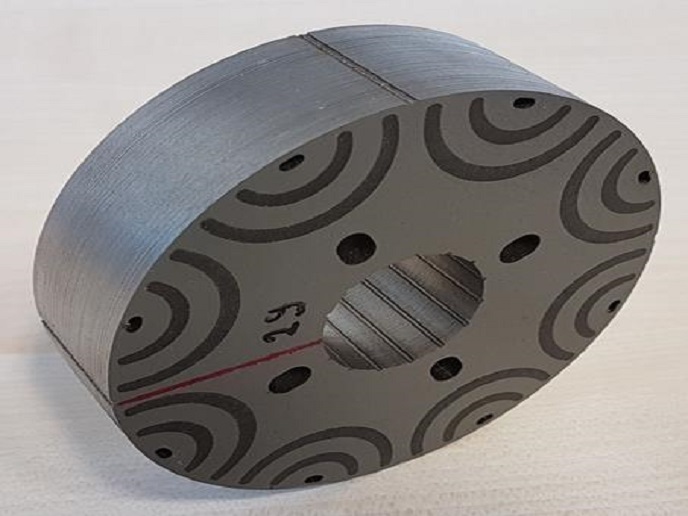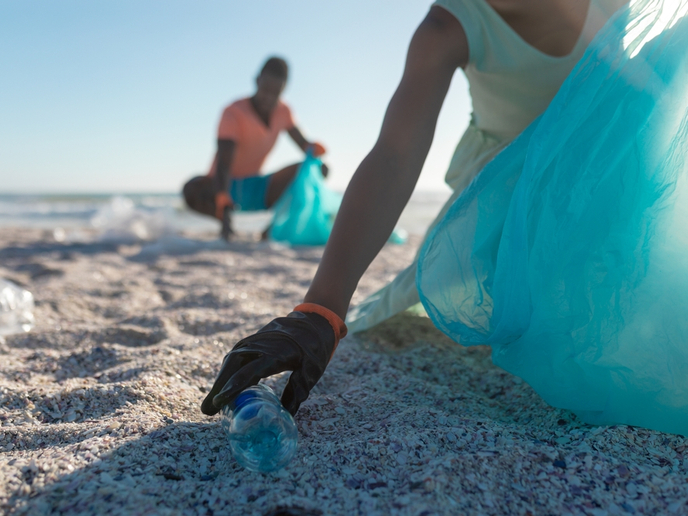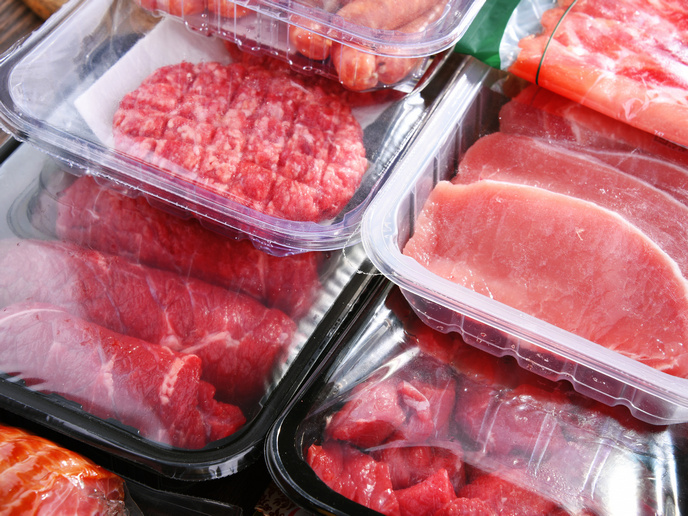Novel techniques and designs to handle limitations of wind turbine generators
The more stored magnetic energy a magnet has, the easier is it to extract electric energy from a wind turbine connected to a permanent magnet (PM) generator. “In terms of value, two thirds of the PM market is dominated by magnets containing rare earth elements (REEs),” notes José Manuel Martín, coordinator of the EU-funded NEOHIRE project. “During the last decade, considerable research efforts have been devoted to the development of highly efficient and reliable wind turbines using permanent magnets to tackle three main barriers.” The first is a strong dependence on China for supply and its high REE prices. The second is the tremendous difficulty in substituting REEs in PMs. Lastly, achieving commercially viable, large-scale REE recycling poses several challenges.
New permanent magnet generators with enhanced performance
NEOHIRE set out to reduce the use of REEs and other critical raw materials like cobalt and gallium in the PMs used for wind turbine generators (WTGs). Project partners developed a new concept for bonded neodymium magnets (NdFeB) that are able to substitute current state-of-the-art sintered magnets for wind turbines. They also devised new recycling techniques for critical raw materials from current and future PM wastes. “In this way, the EU’s external demand for REEs and critical raw materials for PMs in WTGs may be reduced by 30 %,” explains Martín. “This is the result of a strong reduction in the REE neodymium and complete elimination of REE dysprosium and of the cobalt and gallium needed to manufacture the NEOHIRE PMs for wind turbines.” The NEOHIRE team obtained an anisotropic powder from precursor isotropic gas-atomised powder. The new powder doesn’t contain heavy rare earths, cobalt or gallium in its composition. Direct recycling of end-of-life sintered magnets produces an anisotropic powder whose properties are comparable to commercial isotropic powders. The scientists produced 5 kg of hydrogenation-disproportionation-desorption-recombination recycled powder and a prototype to validate the project approach. They proposed an alternative design for a high-speed WTG. The original design’s sintered N40TH magnets were substituted with bonded NEOHIRE magnets. This resulted in a 30 % reduction in NdFeB in WTGs. The novel PM shape and WTG electromagnetic design increased the deliverable electric power in NdFeB WTGs from the existing 2.74 MW to 3.56 MW, for 1 t of neodymium.
Next-gen bonded magnets
In addition, team members developed recycling methods for both resin-bonded NdFeB and sintered magnets. A life cycle sustainability assessment revealed that the environmental impact of recycling and producing NEOHIRE magnets is lower than the impact of sintered magnets currently in use. What’s more, NEOHIRE magnets can be considered non-fatigue-critical components. “NEOHIRE will help to mitigate the future bottlenecks in the material supply chain,” concludes Martín. “The EU’s dependency on external suppliers for critical raw materials like dysprosium, neodymium, cobalt and gallium will be reduced.” This will boost the competitiveness and sustainability of the European wind energy sector, while creating jobs. The project will also have an impact on sectors where NdFeB magnets are used, such as automotive and aeronautics parts, medical devices and metals recycling.
Keywords
NEOHIRE, magnet, PM, REE, WTG, wind turbine, permanent magnet, rare earth element, wind turbine generator, NdFeB, neodymium







